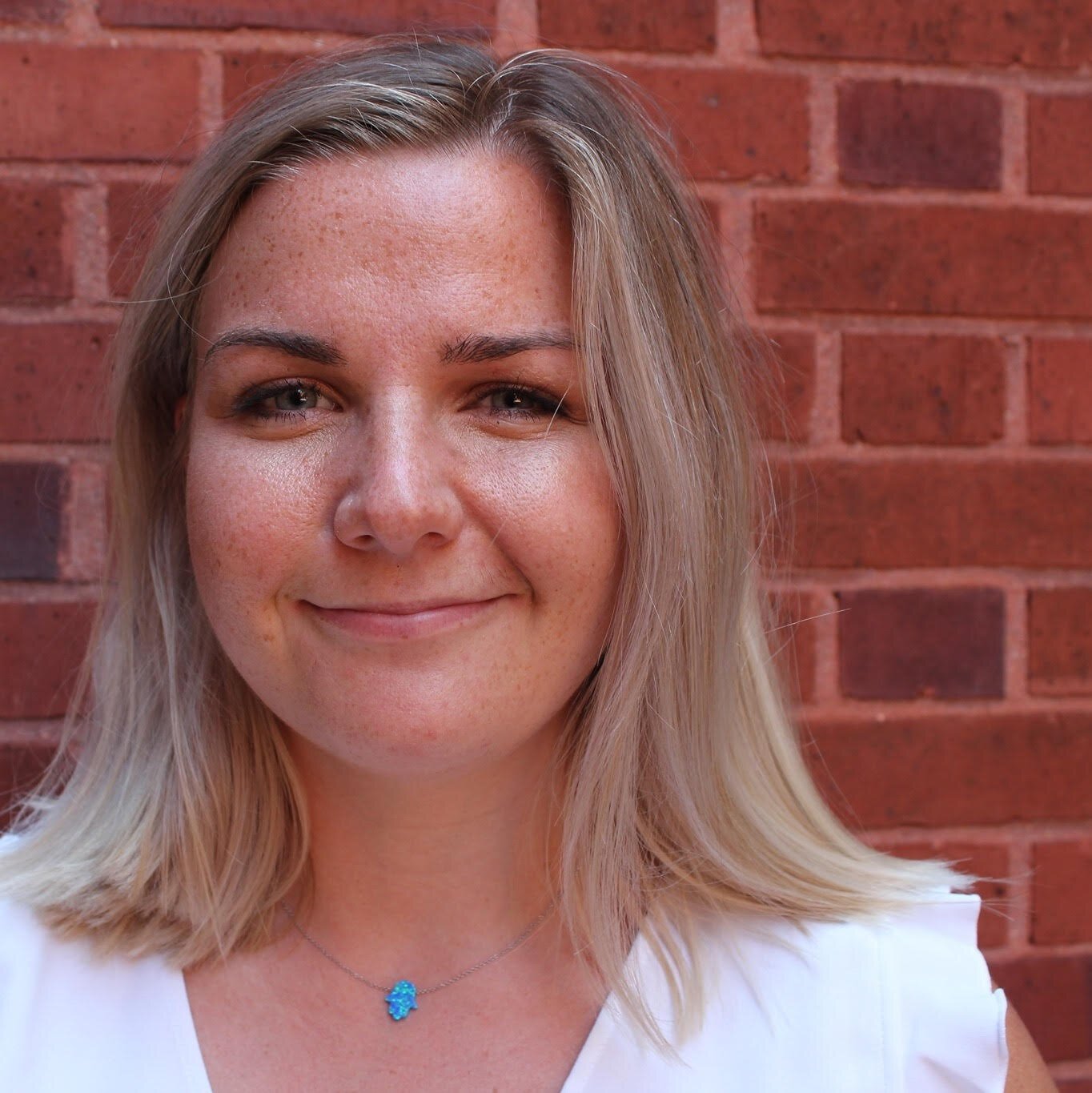The Best New Years Resolution is to Build and Preserve Diverse Workspaces
It blows my mind that we are here, January 2021. Since the pandemic took control of the world, we the people have been dealt many lessons - some easier to digest than others. A year of reckoning. A year of awakening, watching the murders of far too many Black and Brown people in our country. A year of protests and justice. A pandemic that is still ravaging our country, one that disproportionately affects people of color. And a monumental election that will change the trajectory of our nation.
Only a few weeks into this new year, and we watched a riot incited at our nation’s capital that will be forever ingrained in this country’s dark history in regards to race, power, and privilege.
The past eleven months have shifted our conversations around racial justice across the nation. Speaking from my own experience, observing the rise of racial injustice in our nation stirred action within me. The normalization of these tragedies on social media elevated the urgency to protect Black and Brown lives and to honor Breonna, George, Ahmaud, Tony, and countless others.
In response to this summer’s civil unrest, many companies quickly queued up new diversity, equity, and inclusion statements, campaigns, and committees. These initial efforts should be acknowledged for what they are - a good start.
Looking ahead towards 2021 and beyond, we must hold companies accountable for these initiatives in order to build and sustain inclusive workplaces for coworkers of all backgrounds.
True equity in the workspace is achieved when an employee’s race, gender, religion, or ability (and the list continues…) has no influence over their experience in the company or organization.
But we’ve been working towards that for years, right? Not quite.
Historically, diversity, equity, and inclusion (DEI) efforts were primarily focused on gender-specific, able-bodied initiatives: The glass-ceiling efforts to raise female-identifying women to executive leadership positions in Fortune 500 companies. To close the wage gap. To elect a female president. These efforts have miles to go and cannot be the only lenses through which we move past diversity and closer to an equitable workplace.
To truly create an equitable and inclusive workplace, gender must not be the only marker for inclusion. It is essential to expand the scope to acknowledge the biases that exist within:
Race/Ethnicity
Age
Gender
Nationality/Country of origin
Marital status
Parental status
Disability status
Socioeconomic status
It is important to note that this list is bound to grow as we continue to acknowledge that the human experience is not one-size-fits-all.
The recognition of the unique identities that we bring to the workspace is important as it acknowledges that each employee's work experience is impacted by these lenses or ways we view our occupation (read: the style of work, interactions with leadership, promotion, and bonus opportunities). It is vital to the health and pulse of a company to recognize not one, but every identity that an employee brings through the door. And spoiler alert: we are multifaceted, unique, and amazing individuals, who bring in a variety of identities into the workspace. This must not only be acknowledged but celebrated within companies and organizations.
So how do we hold our companies and organizations accountable?
A good place to start is to examine a company’s response to the outcry for justice in the Black, Brown, Indigenous, Transgender, etc. communities.
Did this company face the music or turn a blind eye to the systemic problems weaved into the framework of their company?
Next, take a deeper dive into company practices that are inherently affected by bias(es).
These can range in scope from hiring practices and promotion potential to the type of snacks and drinks stocked in the employee kitchen. Be sure to lean into your own identities here, what you have access to/what you like and what is readily available to you, and understand how that shapes your actions and reactions to these practices and in these spaces.
Finally, examine the company’s solidified plans to build and preserve an inclusive workplace.
Has the company made statements in solidarity with the movements to preserve and protect non-white, able bodies but failed to acknowledge the lack of diversity in its staff? Or is the company investing time and resources into initiatives to build out sustainable, inclusive practices? There is no one-size-fits-all method for leaders to follow since every company has its own identity (see what I did there).
It is important to remember during this examination and accountability check that good intentions do not equal tangible action.
Make no mistake that this ongoing work is bound to evolve as we make progress in acknowledging the diverse country that we live in. If the path towards true equity feels daunting... that’s because it is. There are centuries of harm that must be reckoned with, and this ultimately shapes the employee experience. But I am confident that if we lead through the lens of empathy and understanding, increased inclusivity and respect will take time, but will follow suit.
We must continue to hold those in power to ensure that promises made in 2020 are sustained in 2021 and beyond.
Author: Anna-Jane has a passion for people, which has guided her through her university, across the globe, and into a role in the nonprofit sector.
Outside of her workday, Anna-Jane spends her time advocating for local police reform in her city, cycling, and learning about the complexities of public transportation systems. A North Carolina native, Anna-Jane now proudly calls Washington, DC home with her numerous jade plants and middle-aged Shih Tzu, Tobias.
Connect with the author Anna-Jane Tabler: Author Bio | Medium | LinkedIn | Twitter | Instagram | Facebook

